Vejer de la Frontera
31st March 2015.
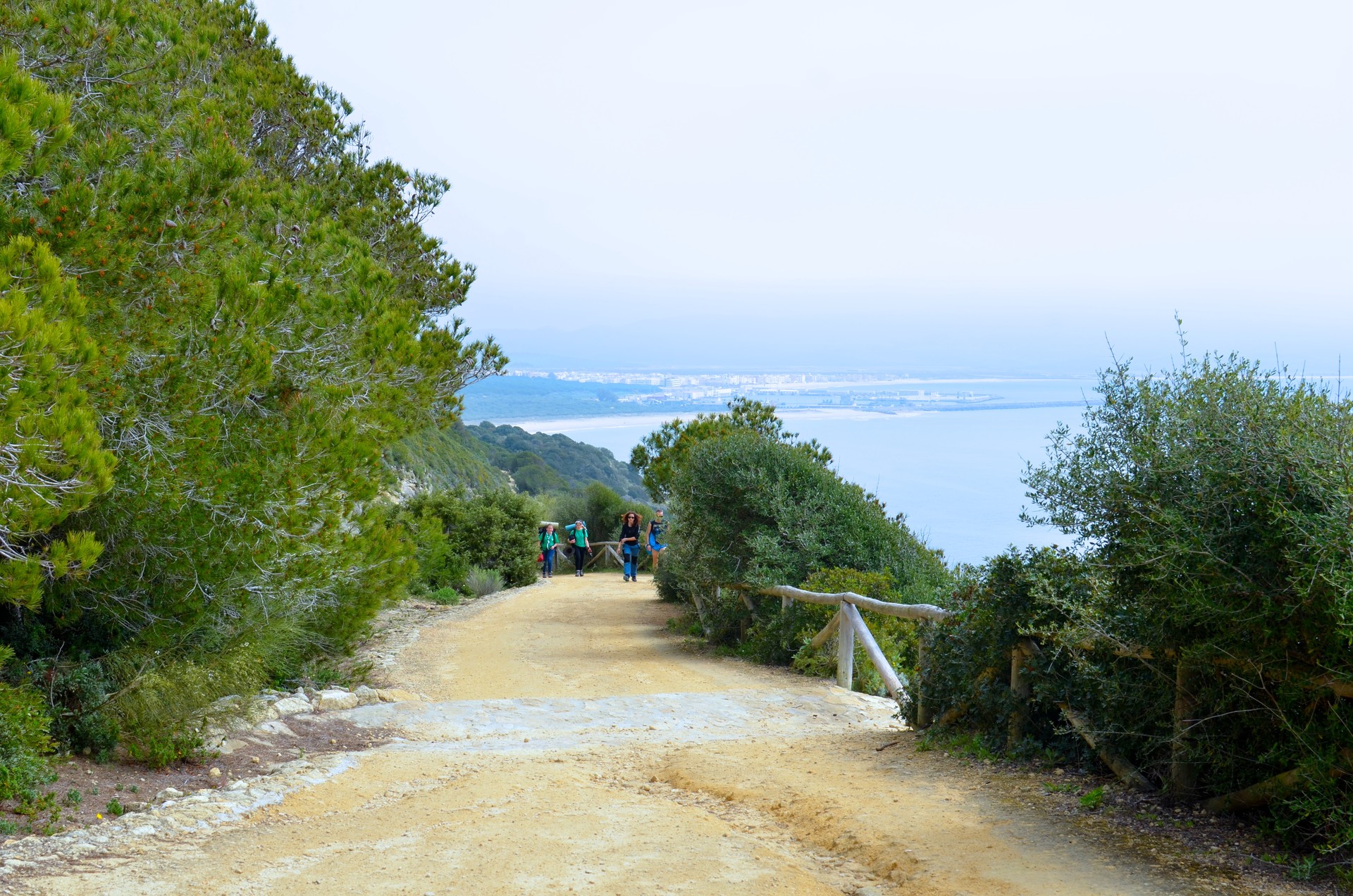
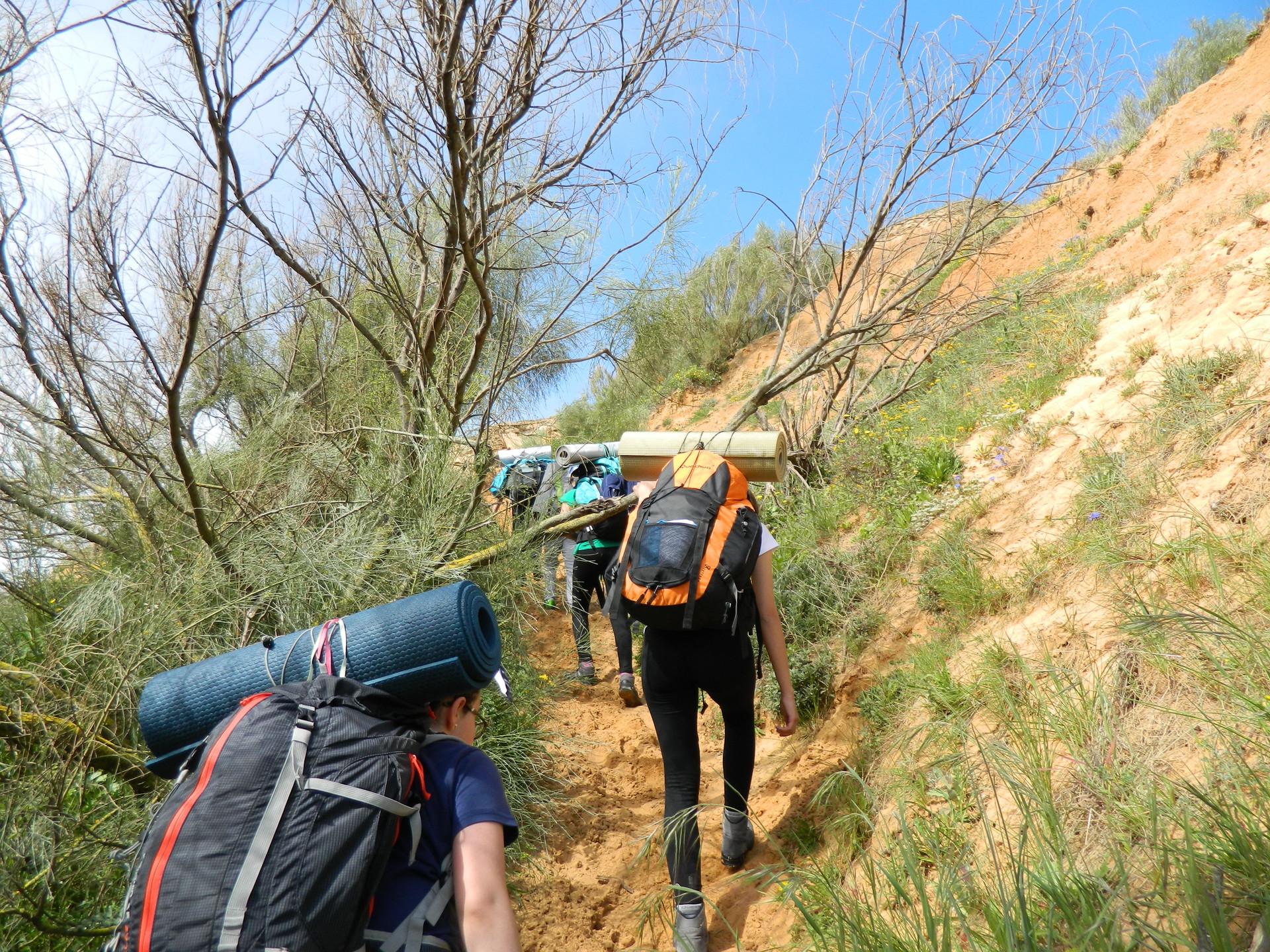
Hiking in Vejer de la Frontera
This weekend I went on a hike with my scout group from Barbate to Vejer de la Frontera, which are two villages situated about fifty kilometres from Cadiz. The hike (18km) was particularly interesting because we had to face walking on different types of "ground". We started the hike walking along the sea, climbing in the cliffs of the "la Breña y Marismas del Barbate" natural park. That part was particularly complicated because as well as the climb, we were walking in the sand, and in the oppressive heat typical for that region of Spain, which was an added difficulty.
But the pleasure of reaching the "Mirador del Tajo" (a lookout point) definitely compensated for our tiredness and the sweat. The "Mirador del Tajo" is an ancient control tower dating back to the 16th century, where you can appreciate a unique panorama. Also, the feeling of exhaustion helps to create a sensation of ecstasy which makes me believe that it's better to go by foot rather than by car. After having had a break with the youngsters, we set off again through the dense pine wood which reminded me of the paths in Marseille which take you all the way up to the coves. The path was a lot easier then, and I could smell the pines and thorns which were cracking under my feet.
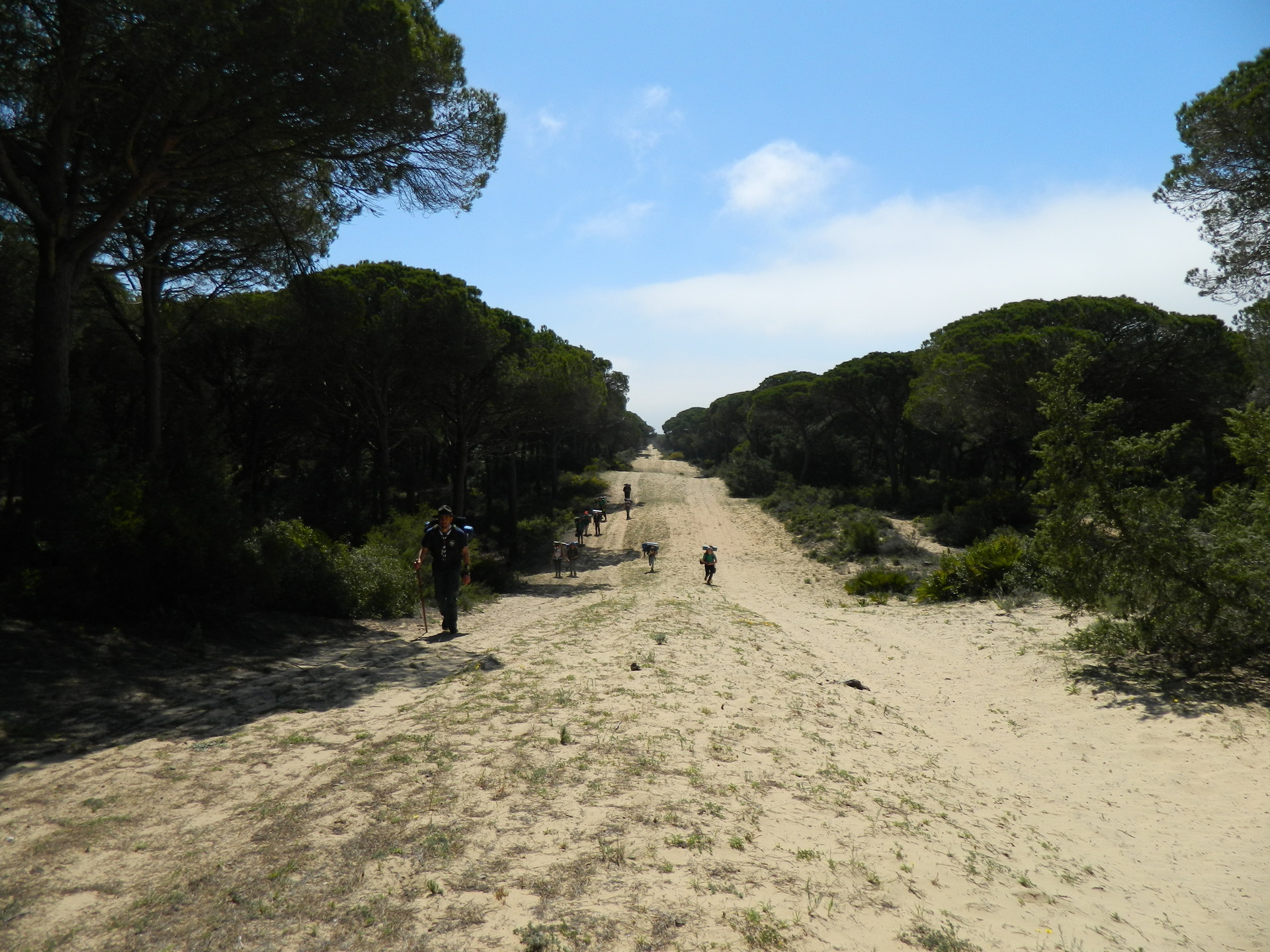
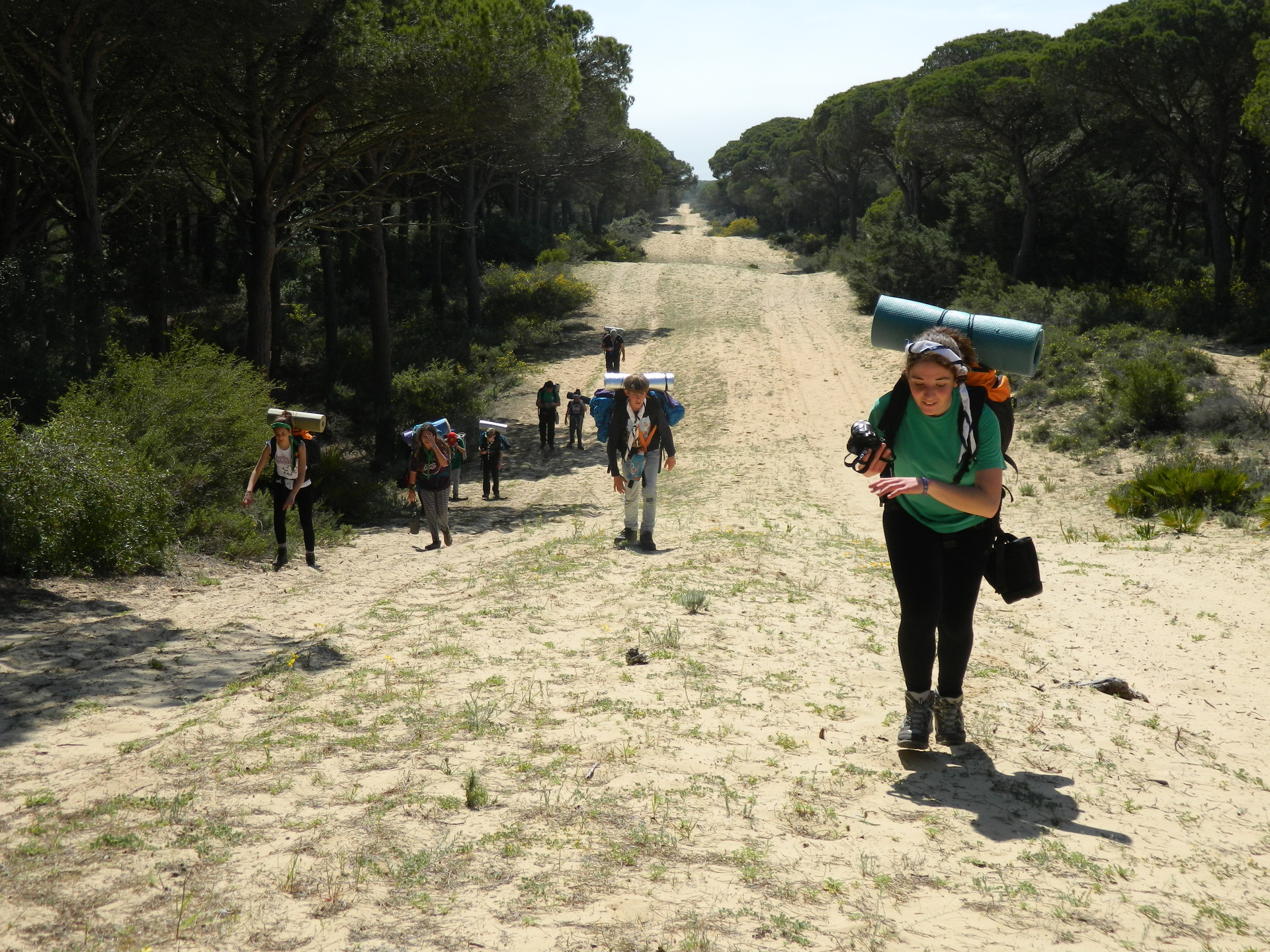
The difficult parts begin
Now the second difficult part of the hike begins: the fire blockers (common in this region where fires often ignite) which is formed of a straight line of sand disposed in plain sight. To urge on the youngsters who seemed a little discouraged, I ran along the sand lines and to this day, my legs can still remember it.
We then crossed the "Los Caños de Meca-Barbate" route (CA-2143), following our path up to the Palomar de la Breña, an old dovecote from the 18th century which was converted into a hotel. Long ago, it was used to produce a fertiliser (thanks to pigeon droppings) rich in nitrogen and phosphoric acid. For the cultures of that era, cannabis and tobacco were especially high in demand, in other words needing an abundant organic matter which was also produced there. After that stopover, we only had a few kilometres to go, through the wind turbines, to get to Vejer de la Frontera. I had never been so close to a wind turbine before.
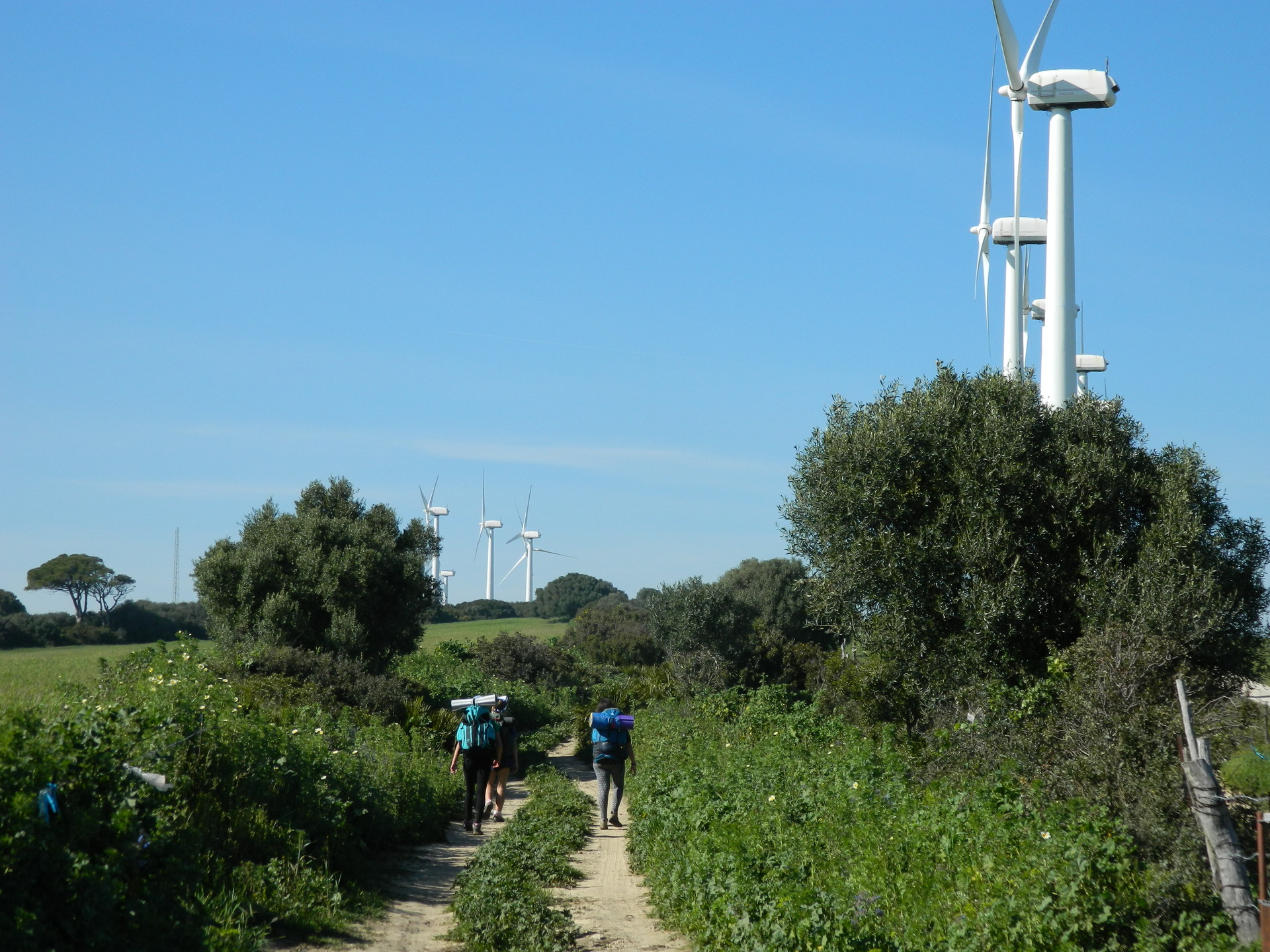
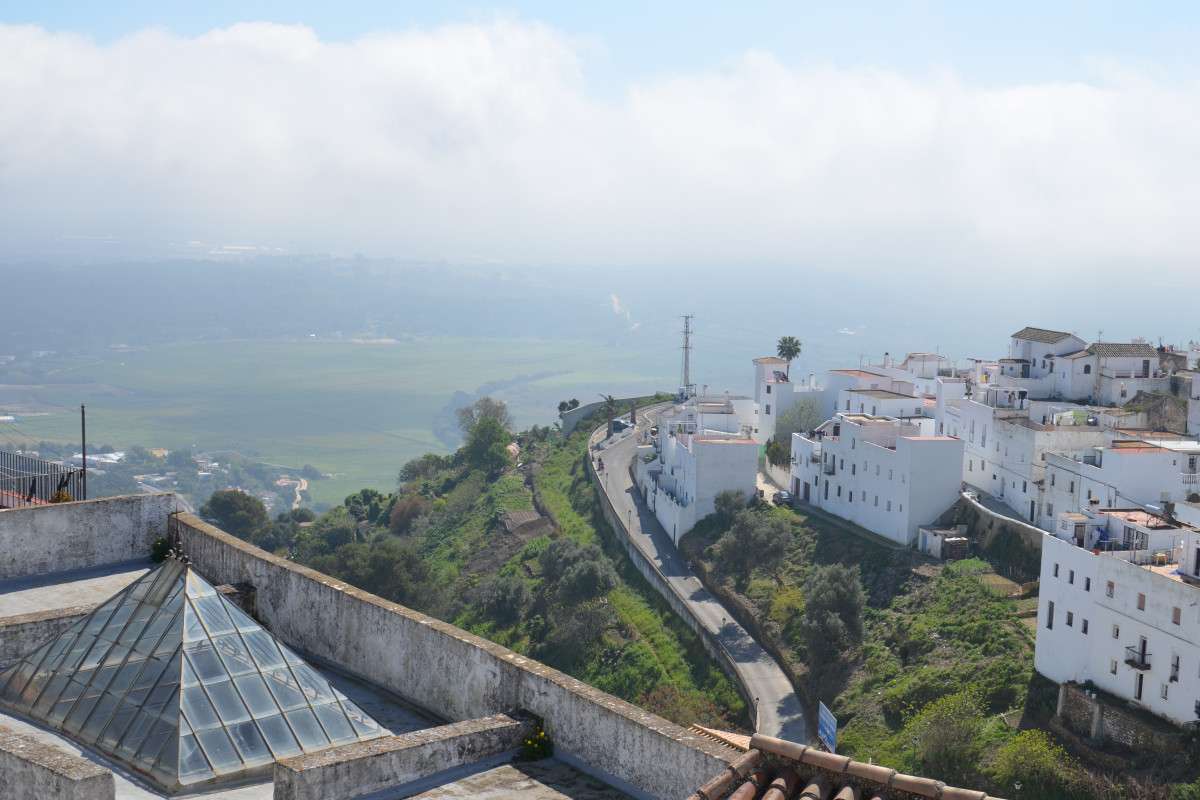
Vejer, a little "white village"
Vejer de la Frontera is a true "love at first sight", in terms of Andalusian villages. I must say that all of Andalusia is magnificent and it's difficult to choose between all of the villages which have their own charm. I say village because we can't really compare Vejer de la Frontera with Granada or Seville.


The village in the clouds
Vejer is a small village built on a mountain which looks like the cover of the film "Castle in the sky" by Miyazaki. In Vejer, we stayed in a small castle, which is local to the scout troupe there. It was also declared a "National Monument" in 1931. It was built by the Arabs in the 11th century, it was modified in the 14th and 15th century and after transformed in the 19th century. It's situated in the highest part of the fortified city walls built during the 20th century which surrounds the village. The whole village has been affected by the Arab conquest of Spain, in 711, which identifies a flourishing period for more than five centuries.
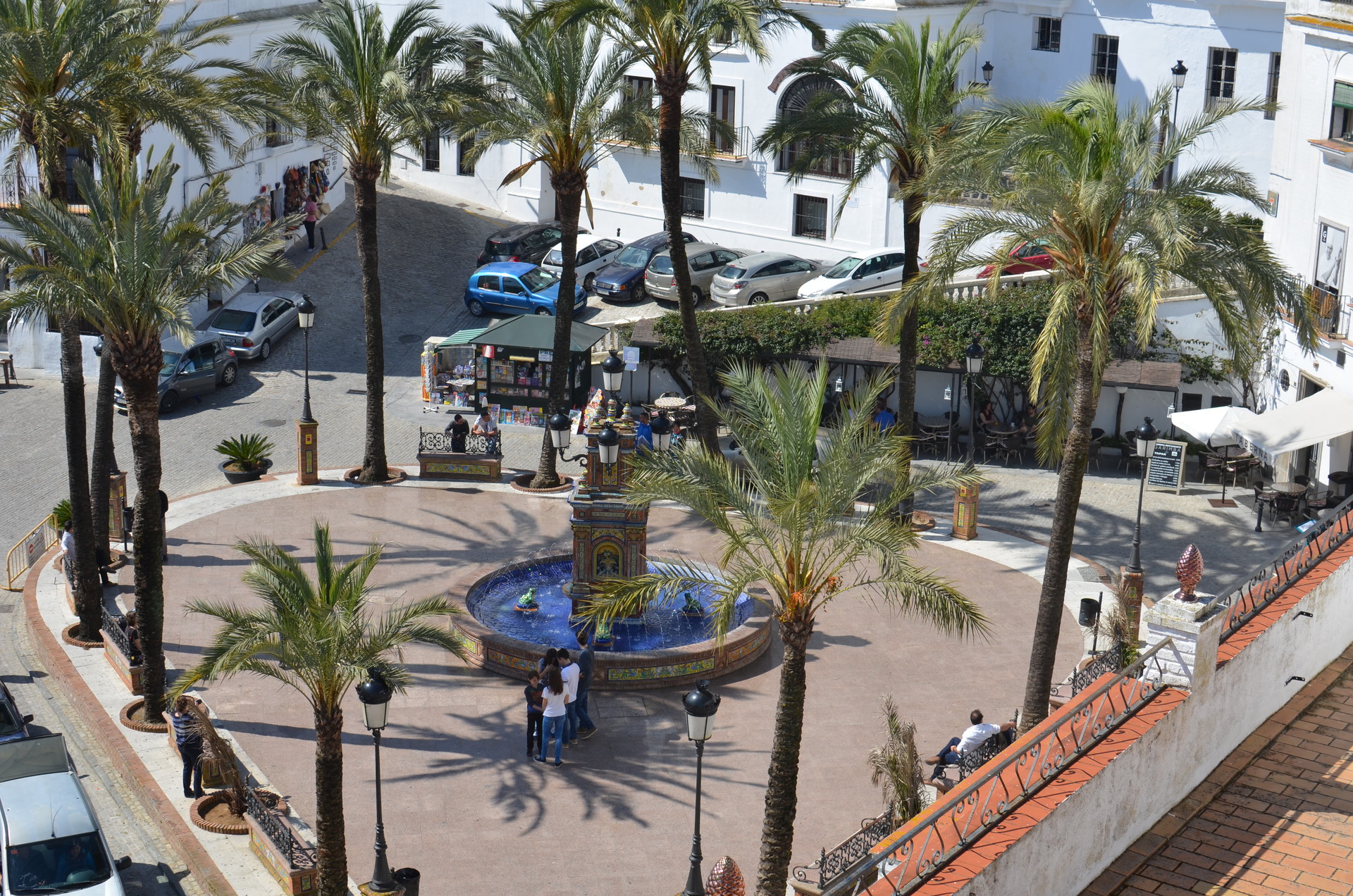
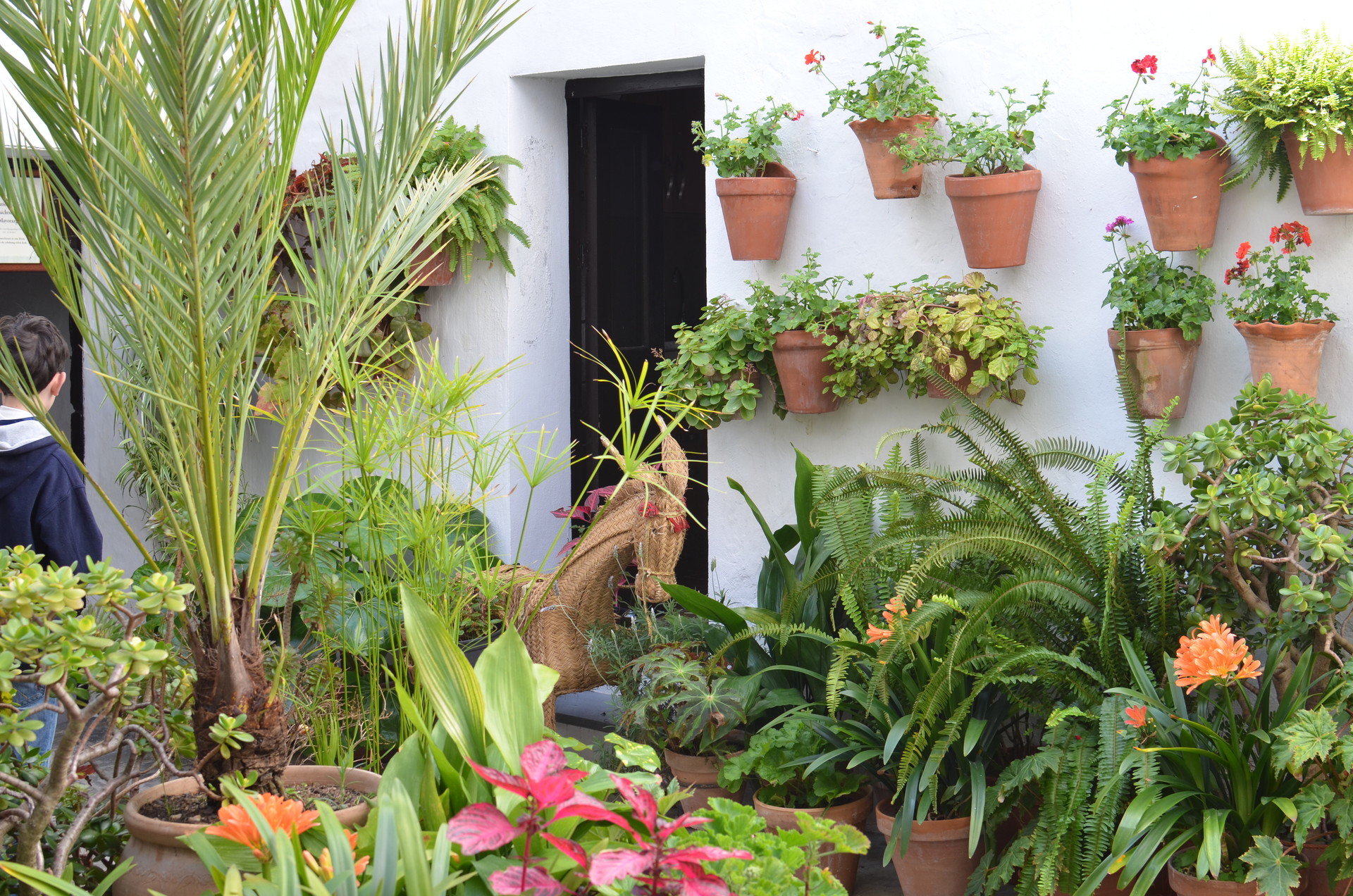
A little history
Afterwards, the village was conquered by Ferdinand III of Castile, then by Alfonso X of Castile in the 13th century, the latter decided to throw the Muslims out of the region. During that time, the Marinides (native dynasty Berbers Cenete) attempted to seize Vejer, just like a number of Andalusian villages, even more dominated by the Castilians. In 1285 a pact was signed between Abu Yusuf and Sancho IV of Castile: Vejer was henceforth owned by the Order of Santiago. Vejer has always been in the middle of situations, between Castilians and the Muslims. In the 14th and 15th century, the proximity with the royal Nasrid of Granada caused some systematic battles. Vejer equally shows traces of the English occupation of Gibraltar in the 18th century. And after came the invasion of Napoleon, and a little later the Franco period which weakened the city.
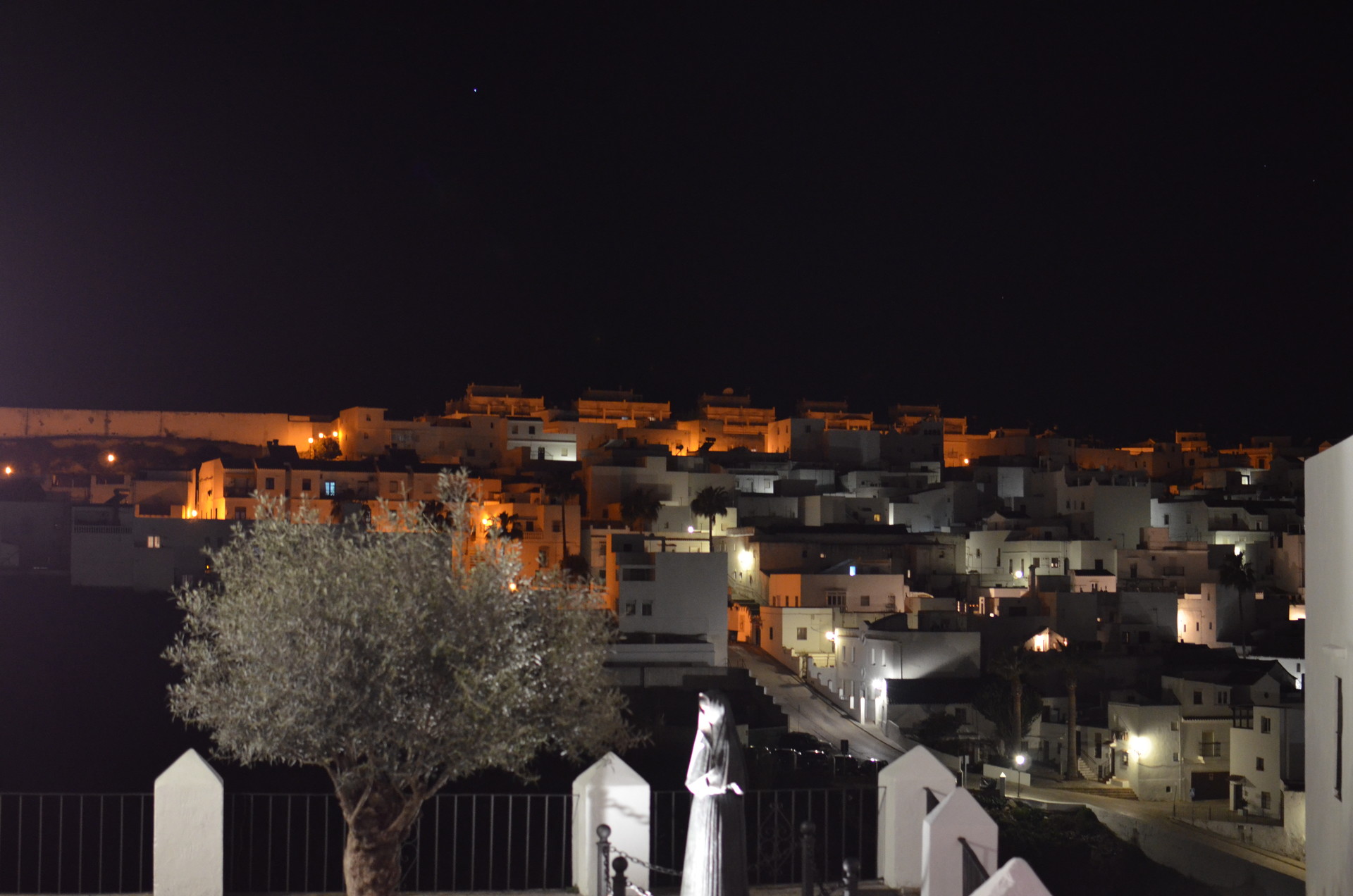

Vejer, an Arab city?
Vejer de la Frontera mainly bears traces of Arab architecture, shown by the arches which remind me of the Mosque in Cordoba, the castle doors, the city walls and the slats in the streets. In particular, one of its traditions which shows the Muslim origin in Vejer is evidently the "cobijadas". These women used to cover their bodies with a special black cape, in a way that you could only see one eye. For that matter, in the museum in Cadiz, you can see the famous painting "Las Cobijadas de Vejer" in which five women appear.
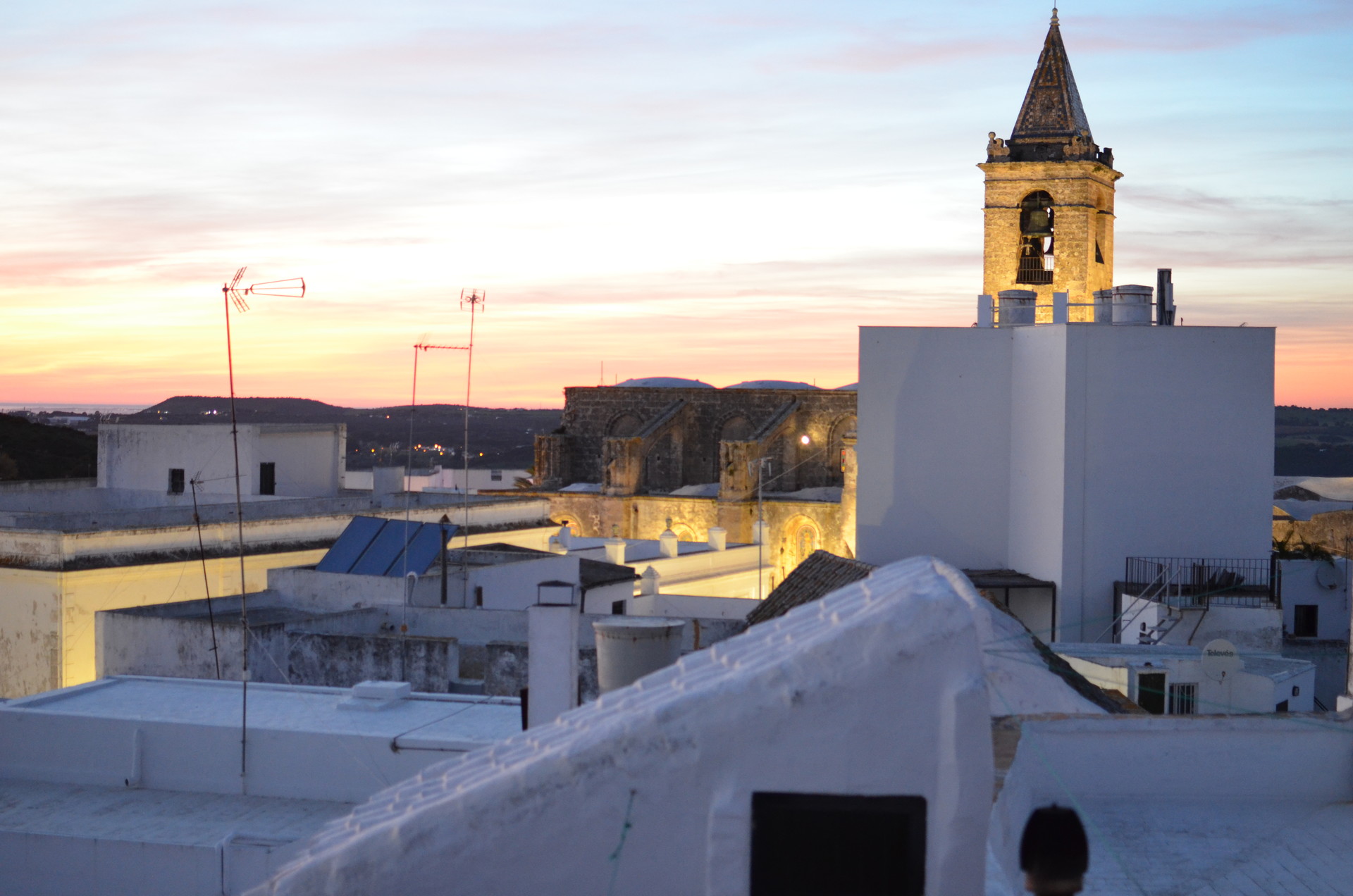

Vejer is a typical Andalusian village, with its traditional whitewashed houses, and its windy narrow back alleys which is like a labyrinth. The Plaza de España (main square) in Vejer or the Plaza de los Pescaitos (named after the fish which decorate the central fountain) is amazing. Surrounded by palm trees, its shape is rather strange because it's between a rectangular and a circular shape. It forms a little concave, which is bordered by alleys which seem to go right up into the sky. This square is even more beautiful to see at night with all the lights which light up the whole village. A night stroll is therefore strongly recommended to admire its hidden gems.
Next time, I will try to give you an insight into the three biggest Andalusian cities: Seville, Granada and Cordoba... all waiting quietly in the sun.
Photo gallery
Content available in other languages
- Français: Vejer de la Frontera
- Español: Vejer de la Frontera
- Italiano: Vejer de la Frontera
Want to have your own Erasmus blog?
If you are experiencing living abroad, you're an avid traveller or want to promote the city where you live... create your own blog and share your adventures!
I want to create my Erasmus blog! →


















Comments (0 comments)